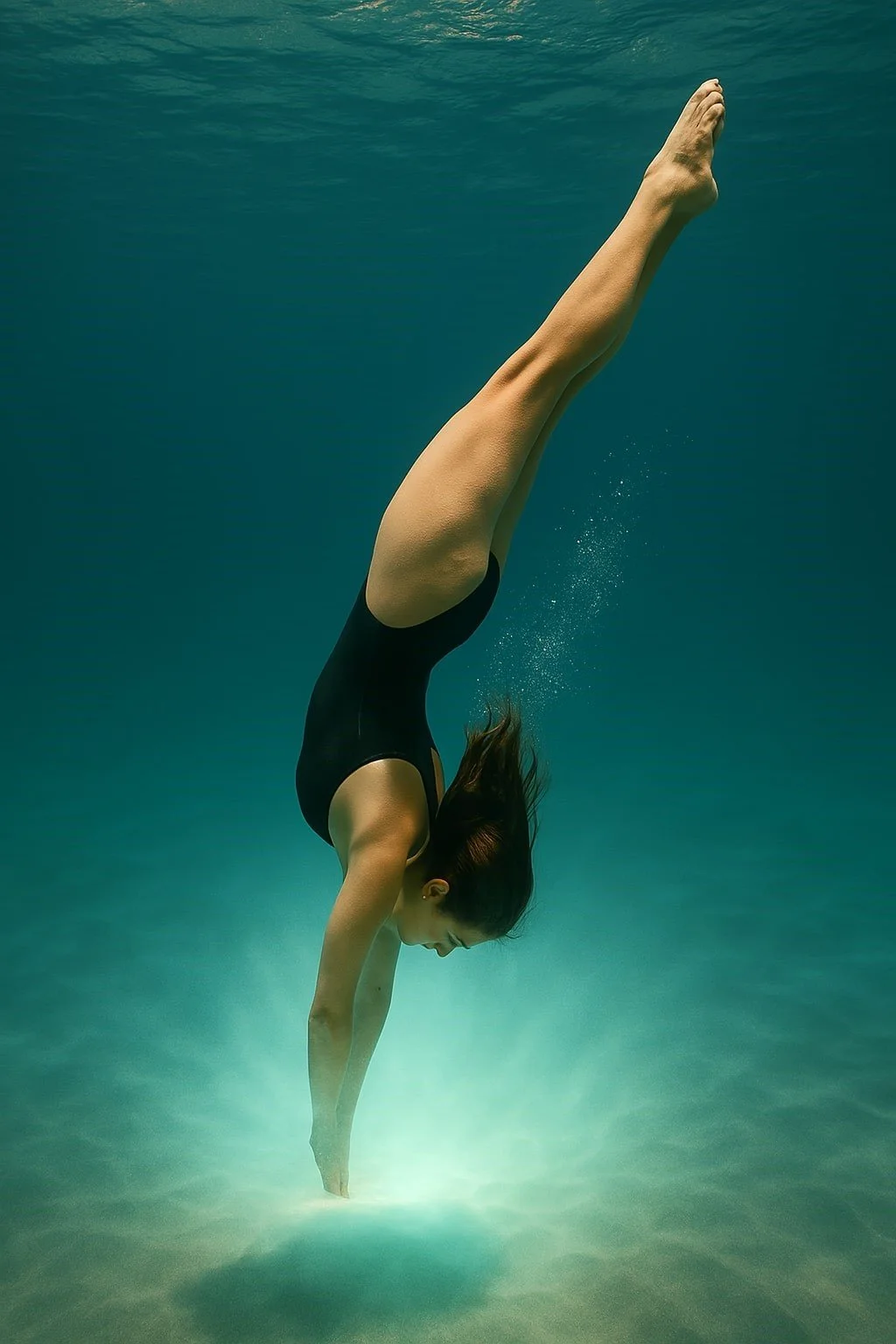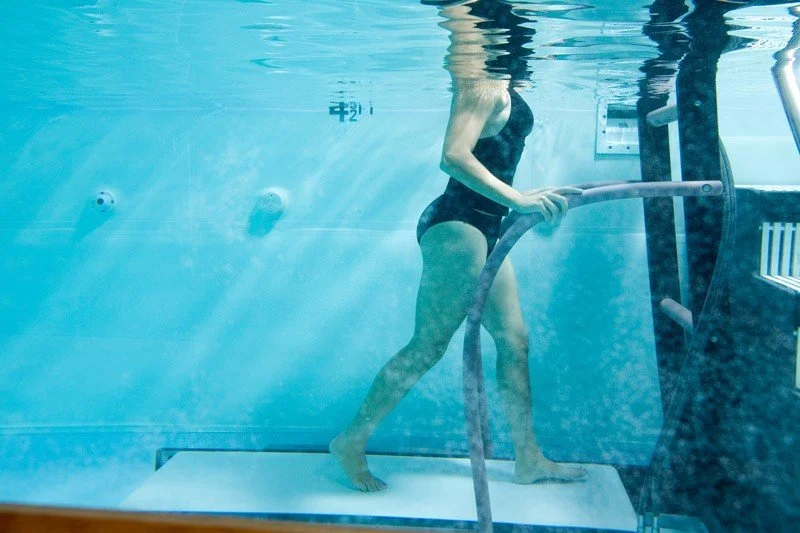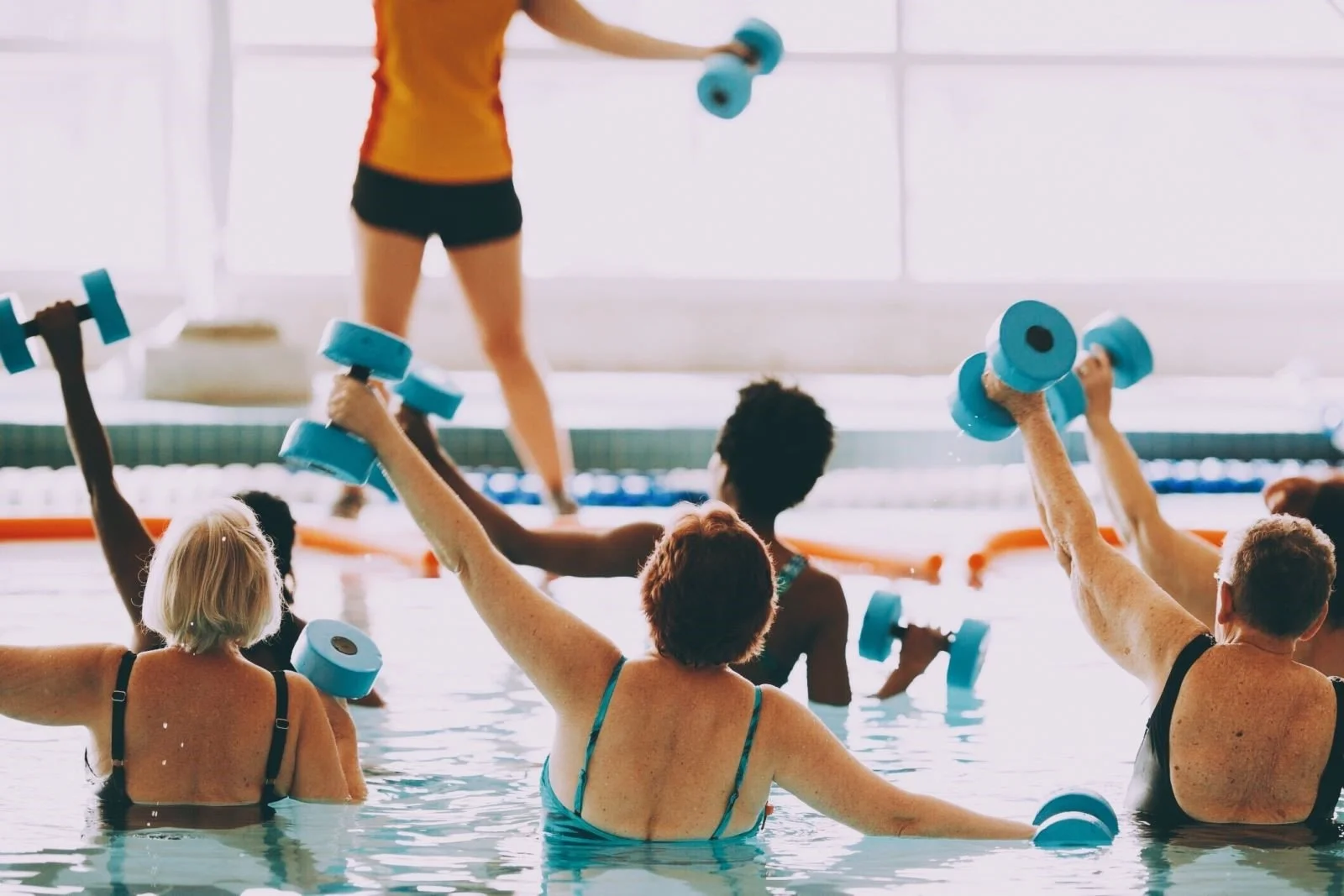Dive into Healing: Exploring the Power of Water
Thanks to Bade for contributing this blog on hydrotherapy - enjoy!
Are you looking for a relaxing, effective way to relieve pain, improve mobility, and enhance your overall well-being? Hydrotherapy might be just what you need! All you need is a bathing suit, a towel, and an open mind — let’s explore how water can be a powerful tool for recovery and relaxation.
“Thousands have lived without love, not one without water.”
What is Hydrotherapy?
Also known as aquatic, water, or pool therapy, hydrotherapy utilizes the natural properties of water—buoyancy, pressure, viscosity, and temperature—to aid in healing and rehabilitation. By immersing yourself in water, you can reduce strain on your body while improving strength, flexibility, and circulation, making it an excellent option for injury recovery, chronic pain management, or relaxation.
A Brief History of Hydrotherapy
Hydrotherapy has roots in ancient cultures. From the thermal baths of Ancient Rome to traditional Japanese onsens (hot springs), people have long embraced water for its healing effects. Today, modern physiotherapy has integrated these long-standing practices into effective treatment methods.
If you want to learn more about the history of hydrotherapy, check this link out!
How Hydrotherapy Works – The Physical Properties of Water
In physiotherapy, hydrotherapy provides a unique environment for healing, offering several key benefits:
Buoyancy: Water supports your body, reducing the weight on your joints and muscles. The deeper you are, the less strain you feel, making it easier to move and exercise. For example, walking in chest-deep water requires less effort than walking on land, making it ideal for those with joint pain or limited mobility.
Hydrostatic Pressure: The pressure of water naturally reduces swelling, potentially reduces pain perception, and improves circulation, supporting your body as you move.
Viscosity: Water resistance creates a safe environment for strength-building exercises. The faster you move, the greater the resistance, providing a challenging yet low-impact workout. For example, performing arm circles or leg kicks slowly in water offers light resistance, while increasing your pace significantly boosts the challenge, making it a great way to build strength and endurance without placing excess stress on your joints.
Temperature Therapy: Warm water relaxes muscles, eases tension, and boosts circulation which is key for tissue management, while cooler water can reduce inflammation and provide pain relief.
Who Can Benefit from Hydrotherapy?
Rehabilitation Applications
● Ideal for those with chronic pain — reduce stiffness and increase mobility
● Supports post-operative recovery and injury rehabilitation — accelerates healing in a safe, supportive environment
● Beneficial for athletes seeking active recovery — speed up recovery and reduce risk of injuries
● Gait retraining — improve walking patterns in a controlled, low-impact setting (e.g., individuals recovering from neurological conditions, such as a stroke)
● Aerobic fitness — boosts cardiovascular endurance with low-impact water exercises, ideal for recovery and managing chronic condition
● Anyone seeking relaxation — enjoy the calming effects of water and unwind from daily stress
What Are the Benefits of Hydrotherapy?
Hydrotherapy offers numerous benefits for both your body and mind. Here’s how it can help you:
Physical Benefits
● Relieves muscle and joint pain
● Improves circulation and reduces swelling
● Enhances flexibility and range of motion
● Supports gentle, low-impact exercise
● Accelerates recovery from injury or surgery
● Boosts cardiovascular fitness
Psychological Benefits
● Promotes relaxation and reduces stress
● Enhances overall mood and well-being
● Provides a calming environment for mindfulness
● Improves one’s confidence in movement
● Encourages social interaction during group sessions, fostering a sense of community
Getting Started with Hydrotherapy
At Titan Project Physiotherapy, we offer hydrotherapy sessions designed to help you feel your best. Ready to experience the benefits of hydrotherapy? Here are some tips to begin:
1. Start Slow
Begin with gentle movements and gradually increase intensity as your body adapts. Allow your body time to adjust to the water’s resistance and buoyancy.
2. Try These Beginner-Friendly Movements
Here are some simple exercises targeting varied areas of the body to get started:
● Water Walking: Walk forward, backward, and sideways in waist-deep water to improve balance and coordination. For added resistance, you can hold water dumbbells or increase your pace. To further challenge your balance, reduce your base of support and try tandem (heel-to-toe) walking.
● Squats: Stand in the water with your feet shoulder-width apart, and squat down slowly while keeping your chest up. This low-impact movement targets your quads and glutes. For progression, try to do this in shallower water. You can further add challenge by pushing a noodle down in the water as you squat; this will engage the upper body by working your chest, shoulders, and core.
● Water Wall Pull-ups: Stand facing the pool wall, holding onto the edge. Perform a pull-up motion by using your arms to lift your chest toward the wall, then slowly lower yourself back down. This strengthens your back, arms, and shoulders.
● Shoulder Abduction or External Rotation: Either raise your arms to the side (abduction), or keep your elbows bent at a 90-degree angle and tucked at your sides and rotate your arms outward (external rotation), then slowly return to the starting position. This targets your rotator cuff and shoulder stabilizers. As a progression you can hold an object in each hand to increase water’s resistance and the overall load.
● Water Aerobics: An excellent starting point for anyone new to hydrotherapy, water aerobics combines low-impact aerobic movements with water resistance. Aerobic exercises are activities that increase your heart rate and breathing while improving the efficiency of your cardiovascular system. These exercises, like water jogging, leg lifts, and arm movements, can be easily modified to suit your fitness level. Whether you're recovering from an injury or seeking a low-stress workout, water aerobics provides a fun and engaging way to kickstart your hydrotherapy journey. Many municipalities have aquatic centres that offer a variety of water aerobics classes, providing a great opportunity for individuals of all fitness levels to experience the benefits of hydrotherapy in a supportive and structured environment.
3. Follow Professional Guidance
While hydrotherapy is safe for most people, there are a few situations where it may not be recommended, including severe heart conditions, open wounds, or infections. Our team can assess your health to ensure hydrotherapy is right for you and design a personalized hydrotherapy program tailored to your goals and physical condition. Feel free to ask questions and adjust the intensity as needed.
Ready to Dive into Your Recovery Journey?
Reach out to Titan Project Physiotherapy and discover the healing power of hydrotherapy!
References
Cleveland Clinic. Hydrotherapy [Internet]. Cleveland, Ohio: Cleveland Clinic; 2022 May 23 [cited 2025 Mar 27]. Available from: https://my.clevelandclinic.org/health/treatments/23137-hydrotherapy
EWAC Medical. History of Hydrotherapy [Internet]. Heerhugowaard, Netherlands: EWAC Medical; [cited 2025 Mar 27]. Available from: https://www.ewacmedical.com/history-of-hydrotherapy/
Physiopedia. Aquatherapy [Internet]. United Kingdom: Physiopedia; [cited 2025 Mar 27]. Available from: https://www.physio-pedia.com/Aquatherapy
Thanks again to Bade for contributing to our blog and all his efforts during placement!






